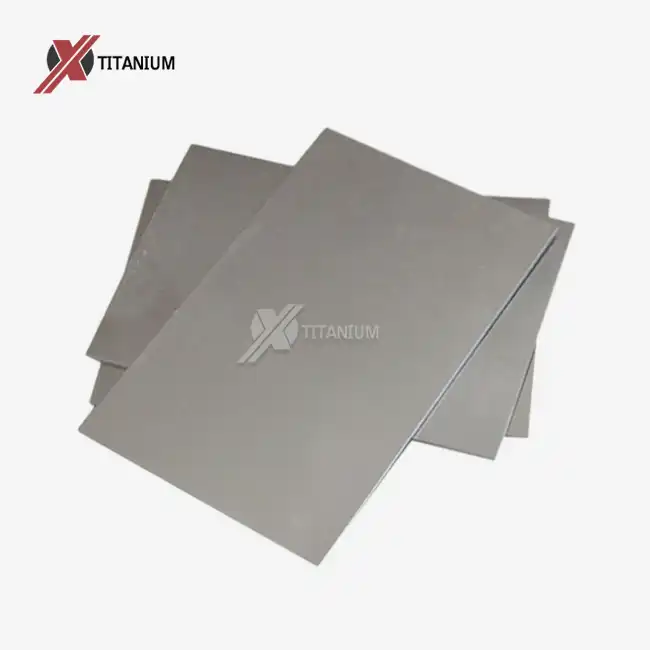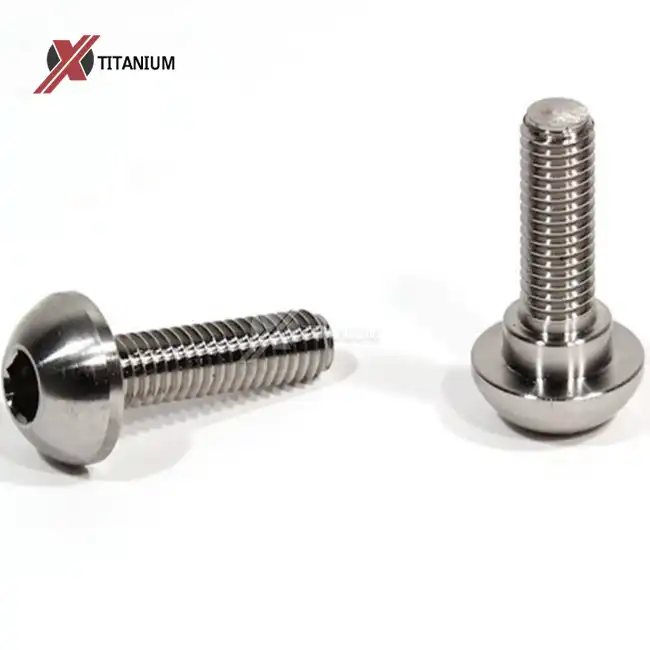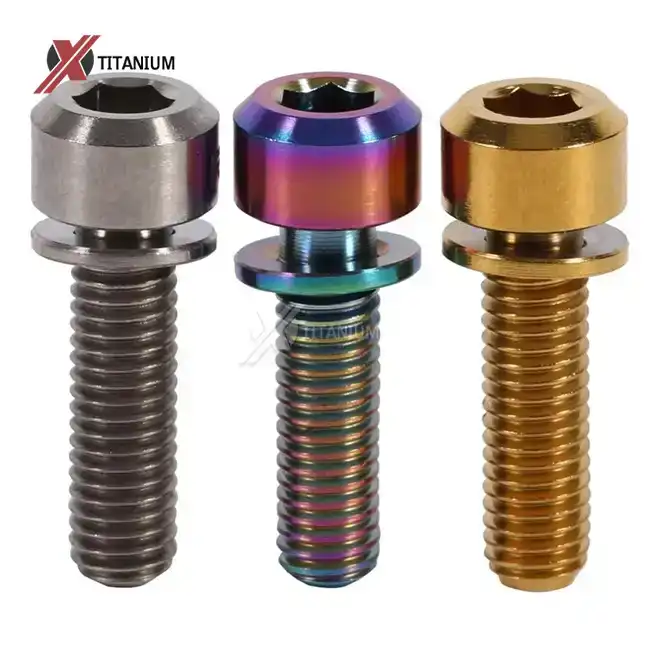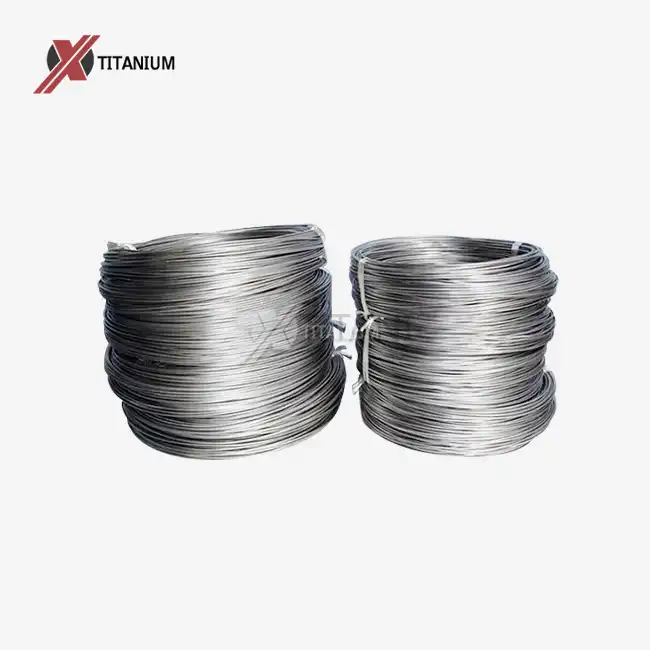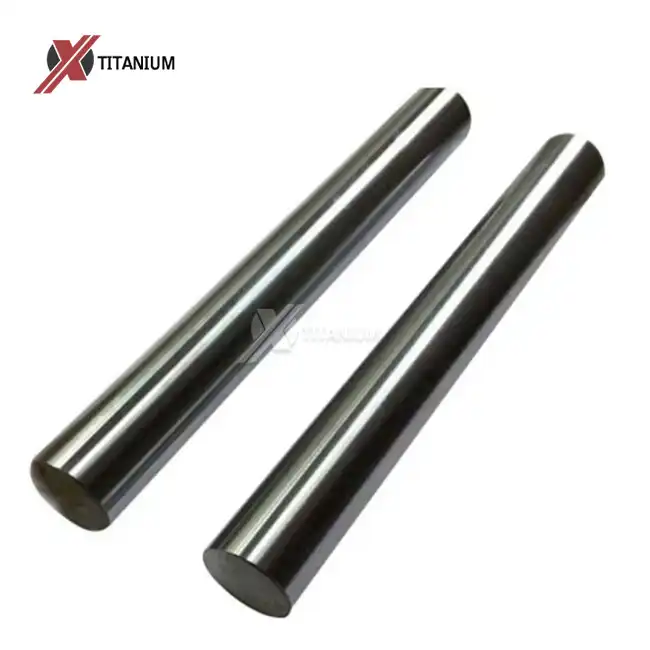Grasping Medical Titanium Plates and Allergies
What Are Medical Titanium Plates?
Medical titanium plates are specialized implants used in various surgical procedures, particularly in orthopedics and maxillofacial surgery. These plates are designed to provide structural support, facilitate bone healing, and restore function to damaged or fractured bones. Titanium is the material of choice due to its unique properties, including high strength-to-weight ratio, corrosion resistance, and biocompatibility.
Titanium plates are typically made from medical-grade titanium alloys, such as Ti-6Al-4V (Grade 5 titanium). This alloy combines the advantageous properties of pure titanium with enhanced mechanical strength, making it suitable for load-bearing applications in the human body. The manufacturing process involves precision engineering, including cold rolling, hot rolling, annealing, and surface treatments to achieve the desired properties and finish.
Titanium's Biocompatibility and Allergic Potential
Titanium's reputation for biocompatibility stems from its ability to integrate with human tissue without causing significant adverse reactions. When exposed to oxygen, titanium forms a stable oxide layer on its surface, which contributes to its corrosion resistance and reduces the likelihood of ion release into the surrounding tissues. This characteristic is crucial in minimizing the potential for allergic or inflammatory responses.
While titanium allergies are rare, they are not entirely impossible. Some individuals may develop sensitivity to titanium or its alloying elements, such as vanadium or aluminum. However, it's important to note that true allergic reactions to titanium are exceedingly uncommon compared to allergies to other metals used in medical implants, such as nickel or cobalt.
Factors Influencing Allergic Reactions
Several factors can influence the likelihood of an allergic reaction to medical titanium plates:
- Individual Sensitivity: Some people may have a genetic predisposition to metal allergies, including titanium.
- Alloying Elements: Reactions may be triggered by trace elements in titanium alloys rather than pure titanium itself.
- Surface Treatments: The manufacturing process and surface finish of the plate can affect its interaction with body tissues.
- Pre-existing Conditions: Patients with a history of metal allergies or autoimmune disorders may be at a slightly higher risk.
Symptoms and Diagnosis of Titanium Allergies
Recognizing Potential Allergic Reactions
While rare, allergic reactions to medical titanium plates can manifest in various ways. Patients and healthcare providers should be aware of potential symptoms, which may include:
- Localized skin irritation or rash near the implant site
- Persistent pain or discomfort beyond the expected recovery period
- Swelling or inflammation that doesn't subside with time
- Delayed wound healing or persistent drainage
- In rare cases, systemic symptoms such as fatigue or generalized eczema
It's crucial to differentiate between normal post-operative symptoms and potential allergic reactions to medical titanium plates. Many of these symptoms can also be indicative of other complications, such as infection or mechanical issues with the implant. Therefore, a thorough evaluation by a medical professional is essential for accurate diagnosis.
Diagnostic Approaches for Titanium Allergies
Diagnosing a titanium allergy can be challenging due to its rarity and the potential for confounding factors. Healthcare providers may employ several diagnostic approaches:
- Patch Testing: While not always reliable for titanium, patch tests can help identify sensitivities to metals.
- Lymphocyte Transformation Test (LTT): This blood test measures the immune system's response to specific metals, including titanium.
- Imaging Studies: X-rays, CT scans, or MRIs may be used to assess the implant's position and surrounding tissue.
- Biopsy: In some cases, a tissue sample may be taken to examine for signs of allergic reaction or inflammation.
- Exclusion of Other Causes: Ruling out infection, mechanical issues, or other potential complications is crucial in the diagnostic process.
Management and Alternatives for Titanium-Sensitive Patients
Treatment Options for Confirmed Titanium Allergies
In the rare event that a patient is diagnosed with a titanium allergy, several management strategies can be considered:
- Implant Removal: In severe cases, removal of the titanium plate may be necessary. This decision is not taken lightly and involves weighing the risks and benefits of removal against the impact of the allergic reaction.
- Medication: Corticosteroids or other anti-inflammatory drugs may be prescribed to manage symptoms and reduce inflammation.
- Topical Treatments: For localized skin reactions, topical corticosteroids or other prescribed ointments may provide relief.
- Immunotherapy: In some cases, desensitization therapy may be explored, although its effectiveness for titanium allergies is not well-established.
The management approach is highly individualized and depends on the severity of the reaction, the patient's overall health, and the critical nature of the medical titanium plates implant. Close collaboration between the patient, surgeon, and allergist is essential for optimal outcomes
Alternative Materials for Medical Plates
For patients with confirmed titanium allergies or those at high risk, alternative materials for medical plates may be considered:
- Zirconium: Known for its biocompatibility and strength, zirconium is emerging as a potential alternative to titanium in some applications.
- Polyetheretherketone (PEEK): This high-performance polymer is increasingly used in spinal and cranial implants.
- Ceramic Materials: Certain ceramic compounds offer biocompatibility and strength suitable for specific medical applications.
- Biodegradable Materials: For temporary support, biodegradable plates made from materials like polylactic acid (PLA) or polyglycolic acid (PGA) may be options in some cases.
The choice of alternative material depends on various factors, including the specific medical application, required mechanical properties, and the patient's individual needs. It's important to note that while these alternatives may address titanium allergies, they may have their own sets of considerations and potential drawbacks.
Preventive Measures and Patient Screening
While titanium allergies are rare, certain preventive measures and screening processes can help minimize risks:
- Comprehensive Medical History: Thorough patient screening for any history of metal allergies or adverse reactions to implants.
- Pre-operative Allergy Testing: For patients with a history of metal sensitivities, pre-operative testing may be considered.
- Surface Treatments: Advanced surface treatments of titanium plates can potentially reduce the risk of allergic reactions.
- Patient Education: Informing patients about the potential, albeit rare, risk of titanium allergies and encouraging them to report any unusual symptoms promptly.
By implementing these measures, healthcare providers can further enhance the safety profile of medical titanium plates and ensure optimal outcomes for patients.
Conclusion
Medical titanium plates remain a cornerstone in orthopedic and maxillofacial surgeries, offering exceptional biocompatibility and mechanical properties. While the potential for allergic reactions exists, it is exceedingly rare. The vast majority of patients can safely receive titanium implants without experiencing adverse reactions. For the small percentage who may be sensitive to titanium, alternative materials and management strategies are available. As medical technology advances, ongoing research continues to refine our understanding of metal allergies and improve the safety and efficacy of medical implants. Patients considering procedures involving medical titanium plates can be reassured by the material's long-standing safety record and the medical community's ability to address the rare instances of titanium sensitivity.
At Baoji Chuanglian New Metal Material Co., Ltd., we pride ourselves on producing high-quality medical titanium plates that meet the highest standards of safety and performance. Our commitment to excellence ensures that patients receive the best possible care. If you have any questions about our medical titanium plates or would like to explore our range of titanium products, please don't hesitate to contact us at info@cltifastener.com or djy6580@aliyun.com.
FAQ
How common are allergic reactions to medical titanium plates?
Allergic reactions to medical titanium plates are extremely rare, occurring in less than 0.6% of cases.
Can titanium allergies develop over time after implantation?
While uncommon, some individuals may develop sensitivity to titanium over time, though this is not typical.
Are there any pre-operative tests to determine titanium sensitivity?
Patch tests and lymphocyte transformation tests can be used, but their reliability for predicting titanium allergies is limited.
How long does it typically take for symptoms of a titanium allergy to appear?
Symptoms can appear immediately after surgery or develop months to years later, varying greatly among individuals.
Is titanium safer than other metals used in medical implants?
Generally, titanium is considered one of the safest metals for medical implants due to its high biocompatibility and low allergenicity.
References
1. Goutam, M., Giriyapura, C., Mishra, S. K., & Gupta, S. (2014). Titanium allergy: A literature review. Indian Journal of Dermatology, 59(6), 630.
2. Sicilia, A., Cuesta, S., Coma, G., Arregui, I., Guisasola, C., Ruiz, E., & Maestro, A. (2008). Titanium allergy in dental implant patients: A clinical study on 1500 consecutive patients. Clinical Oral Implants Research, 19(8), 823-835.
3. Wood, M. M., & Warshaw, E. M. (2015). Hypersensitivity reactions to titanium: Diagnosis and management. Dermatitis, 26(1), 7-25.
4. Fage, S. W., Muris, J., Jakobsen, S. S., & Thyssen, J. P. (2016). Titanium: A review on exposure, release, penetration, allergy, epidemiology, and clinical reactivity. Contact Dermatitis, 74(6), 323-345.
5. Miyazaki, T., Kim, H. M., Kokubo, T., Ohtsuki, C., Kato, H., & Nakamura, T. (2002). Mechanism of bonelike apatite formation on bioactive tantalum metal in a simulated body fluid. Biomaterials, 23(3), 827-832.
